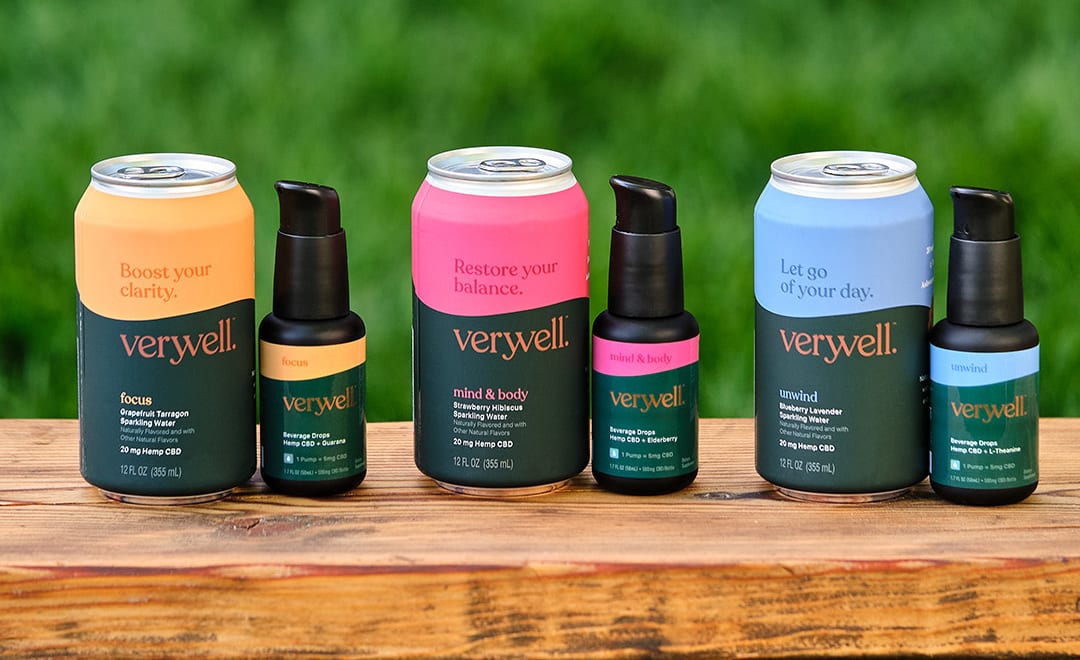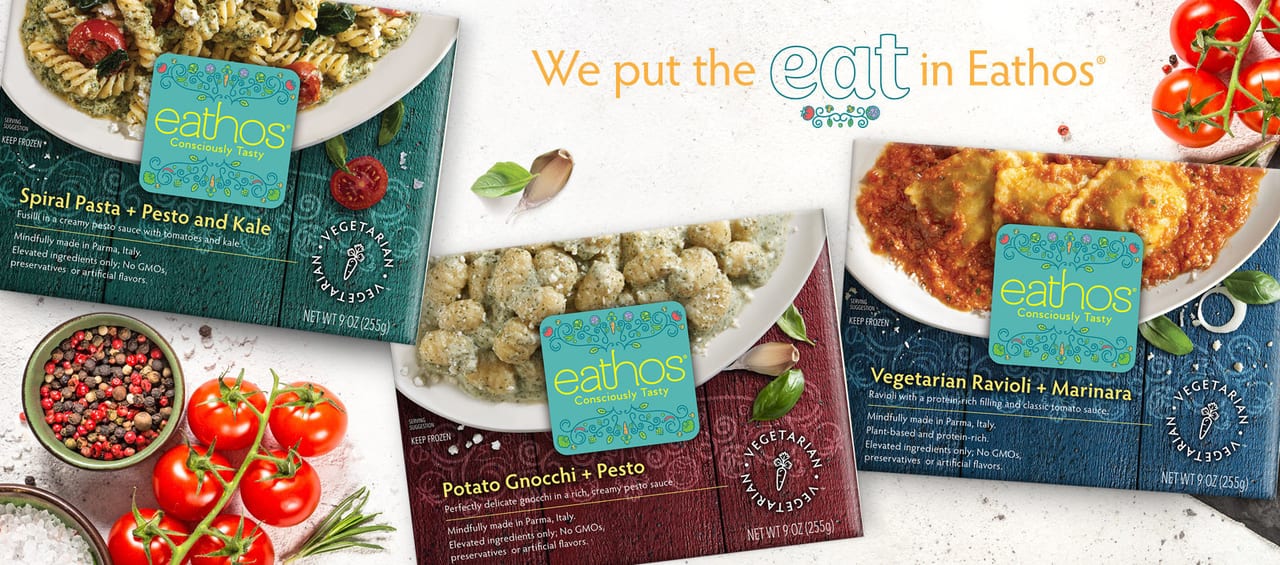2022
Predictions
Consumer Insights
We've made it through another year in the COVID period that’s rife with implications for consumer behaviors in the food and beverage industry.
In 2021, we were hopeful vaccines would lift us out of the pandemic, and life would return to some semblance of normalcy. However, breakthrough infections, slowing vaccination rates, and new variants slowed what many hoped would be a quick exit from the COVID restrictions. On the other hand, many consumers are commuting again and going back to workplaces—either part or full time—which will change their needs during mealtimes.
During the next year, we expect the following overarching consumer behaviors to take focus; greater demands for convenience, consumers making choices due to inflation, and continued interest in substances with health properties.
Consumers still value at-home eating; weigh convenience, cost and wellness.
Safe at Home

Continued inflation may have consumers relying on at-home, pantry and refrigerator meal solutions. Photo courtesy of: Getty Images / gilaxia
By DARREN SEIFER, Contributing Editor
Greater Demands for Convenience
During much of 2020 and into 2021, consumers who worked from home could take a casual approach to breakfast and dinner. No commuting meant there was more time in the mornings and evenings to prepare meals. And consumers increased their consumption of categories like eggs, pancakes, and other more time-consuming options. Lunch was still about speed. Consumers needed to get back to their duties quickly despite being at home but still had time for fast preparation items like sandwiches, fruit, and snacks.
With many businesses opening their workplaces toward the end of 2021 and with more planned for 2022, speed and convenience will once again take center stage on days when consumers are commuting. The NPD Group’s "Future of Lunch" report forecasts consumers' need states will shift toward fueling during the midday meal. More consumers will express needs for grab-and-go items for immediate consumption.

Mind-Body Benefits: Truss CBD USA and HEXO USA Inc, created Veryvell, a line of non-alcohol, adaptogenic, hemp-derived CBD sparkling waters and unflavored beverage drops. The Mind & Body variety incorporates both CBD and elderberry. Photo courtesy of: Truss CBD USA
The need for convenience also bodes well for snack foods since they typically have no preparation time. Similar demands should be expected at breakfast and dinner as consumers become less casual about those meals and once again need to incorporate commute times for these meals. We should not expect a total return to pre-pandemic behaviors. Many consumers will remain working from home in 2022 or commute part of the time, which means they'll likely continue their in-home learned behaviors during the days they have no commute.
Controlling Food Costs
If inflation continues its current course, it will likely impact consumers' choices on where and what they consume. For much of 2020 and 2021, stimulus checks and supplemental assistance programs kept consumer spending afloat. NPD continues to report dollar sales increases versus 2019 for many home-centric industries such as housewares, small appliances, sports equipment, technology, and toys. At the same time, average eater checks at restaurants increase, and inflation affects many staples at grocery stores.
When the money from stimulus and assistance programs entirely runs out (and not to mention student loan payments resume early in 2022), consumers will take a closer look at food and beverage spending to fit their budgets. Consumers historically cut back on restaurant trips and used more value brands at retail and less expensive cuts of meat.

World on a Plate: More consumers looking for quick lunchtime options. This new Eathos Foods line offers global flavors with frozen convenience. Photo courtesy of: Eathos Foods
And there's evidence this might be already happening. For the quarter ending September 2021, the ratio of meals sourced from home versus a restaurant remained consistent from the previous quarter at 85% sourced from home and 15% restaurant sourced. As consumers commute more and engage in more activities away from home, they're still relying on items from their pantries to keep the cost of the meal lower than a meal bought at a restaurant.
Food as Medicine
We should also expect more consumers to take a closer look at promoted benefits from foods and substances.
In 2020, consumers increasingly tried substances that promoted immunity-boosting properties as they were concerned about contracting COVID-19. We continue to see that pattern in 2021, based on the growing interest in elderberry. The interest in food as medicine during COVID has led many consumers to continue to treat foods and beverages as vehicles for maintaining or improving their wellbeing.
As the large Baby Boomer generation ages, we should expect them to take on heart, gut, and inflammation issues that require treatments. Look for Baby Boomer consumers to seek remedies for these issues with substances like CBD and turmeric alongside traditional forms of treatment. PF
Darren Seifer is executive director and food industry analyst for The NPD Group. NPD is constantly monitoring consumer behaviors to provide data-driven insights to its customers. For more information on food and beverage trends, contact darren.seifer@npd.com
December 2021
